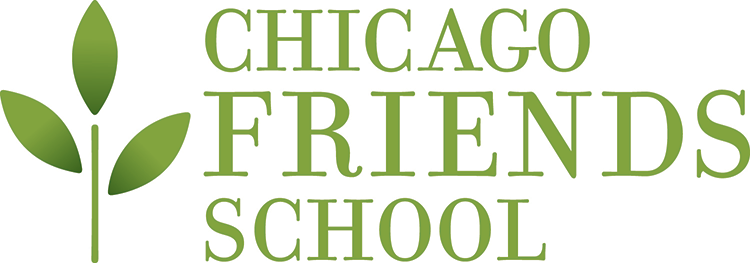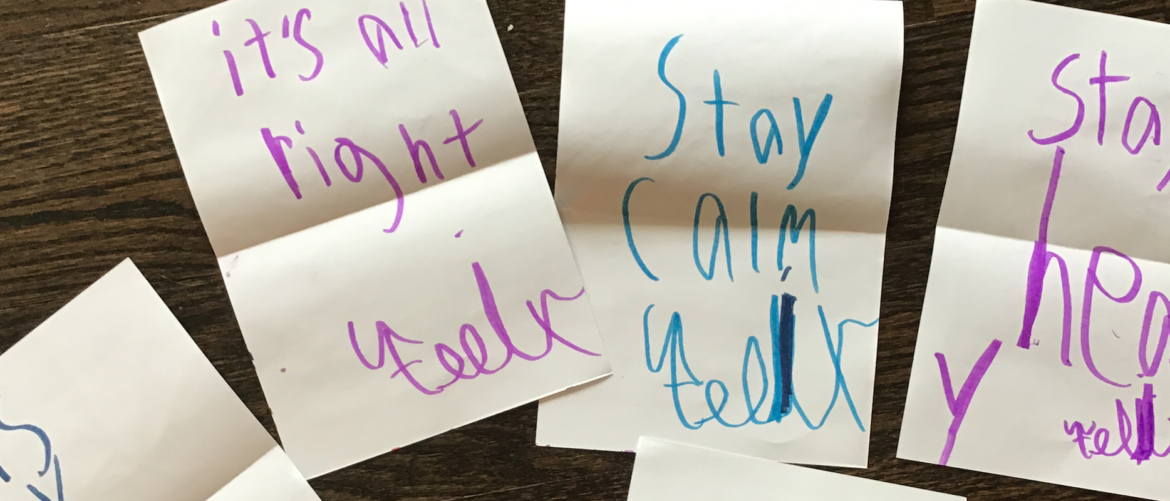Twice a year, our school does a day-long, intergenerational service day. The first is in October as an alternative to Columbus Day, and the second is in the Spring, on Arbor Day.
For the last couple of years, these two service days have roughly mirrored their holiday. In fall, as an alternative to a holiday commemorating colonization, we work to provide resources to those who have less and work for social or economic justice. In spring, we do service that supports and uplifts the environment or the natural world. This year we had planned, among other things, to build a raised garden bed behind our school.
This year, because of COVID – 19, I knew it would be impossible to get together to do the kind of service we normally did. But I was pleasantly surprised when, in our virtual staff meeting, the staff brought service day up. “I was thinking we might do…” “I’ve already started talking to my class about…” Undeterred by social distancing, the staff was making plans for service in their classrooms. A quick brainstorm later, and we had a plan to do a virtual service day. Each classroom would talk for a week in their virtual class meetings about ideas about what students could do individually from home and then each kid would execute them at home on the morning of Arbor day.
On Arbor Day, I started getting pictures in my email inbox of these service projects. Projects ranged from cleaning up trash in the neighborhood to writing thank you cards and letters to essential employees and first responders, to writing to their elected officials, to making a meal for their tired parents. In each of them, there was evidence of our students happily taking some time to make the world a better place.
There are so many reasons to do service. Aside from its obvious positive impacts on its recipients, service also helps the person who is performing the service. Doing service is one way in which kids learn that they have agency in the world — that their actions can make a difference to others. It helps people put their troubles in perspective and promotes emotional resiliency. Studies have shown that when there is a natural disaster, the people who help others in the midst of it recover faster and have less long-term negative emotional effects than those who do not. They learn that they can repair the world.
I do not know how long we will be in lockdown. Nor can I predict what our youngest students will remember from this time. But I hope that they will remember it this way: There was a crisis. And I was able to make things a little better while it happened.


Karen Carney
is the head of school. Karen’s career demonstrates a rich and diverse set of skills: project oversight, curriculum development, educator training and mentoring, and classroom instruction. Prior to coming to Chicago Friends School, she worked as a senior specialist in science curriculum for American Institutes for Research. Before this, she oversaw educational programming at the Adler Planetarium, first as its director of education and then as associate vice president for visitor experience and learning. She has also worked in instruction and teacher development at the University of Illinois at Chicago’s Learning Sciences Research Institute and has authored more than 20 scholarly papers, book chapters, and conference presentations.
Karen is an active, dedicated Friend (Quaker) and has held various leadership positions at the Evanston Friends Meeting. She enjoys baking, cooking, and painting and is a member of the Playmation improv comedy team.